'Pixie': a new grape for genetic studies
The USDA Agricultural Research Service as has just released a new grape specifically for genetic studies. It's called 'Pixie' and it's easily one of the oddest looking grapevines you've ever seen. It's a tiny, stunted little thing, with the internodes close together, short petioles, and miniature clusters of grapes. It also fruits continuously.
So it takes care of a couple of the big problems with trying to do studies in grapes. First, grapevines are big. To get any reasonable number of replications in a study you soon have to start working outside, which has the disadvantage of making it much more difficult to control your variables, prevent the escape of transgenes, etc. Also, it's outside. Growing them indoors takes big pots and lots of greenhouse space, which ain't cheap. Second, working with most perennial crops usually means that if you're interested in what's going on with fruit or flowers (and you frequently are) you are limited to one shot a year. 'Pixie' takes care of both of these problems. In fact, its developer Peter Cousins claims you can grow it in a coffee cup and get it to fruit. I know Peter, and I'm pretty sure he would not lie about this.
Another cool aspect of 'Pixie' is that aside from the fact that there's clearly something a little different going on, 99%+ of its genes are essentially 'Pinot noir'. The dwarf cultivar was created by culturing the outer layer of cells of 'Pinot Meunier' into an entire vine. Turns out that 'Pinot Meunier' is essentially 'Pinot noir', but the outer layer of cells has this mutation. (In other words, it's a chimera.) It's not really visible on 'Pinot Meunier', because the inside cells are normal, although the growth is somewhat reduced and there's an odd dusty hairiness to the underside of the leaves.
Similar mutations have occurred before. I remember a number of dwarf seedlings in a population at Cornell, for example. In fact, we tried one of them as a rootstock to see if it might impart any of its dwarfness onto its scion (it didn't). I brought a vine home and the cat chewed all the buds off of it. Stupid cat.
Anyhow, check out the press release:
New Dwarf May Be Giant of Grape Research (USDA-ARS)


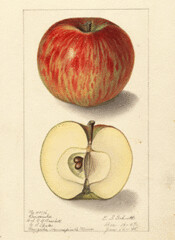
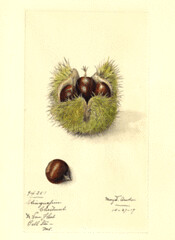
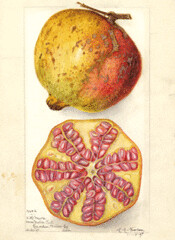
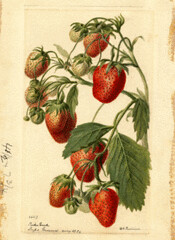
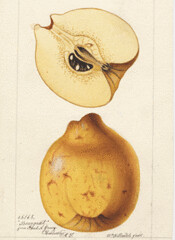



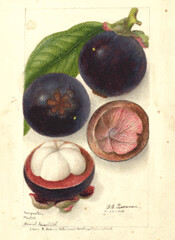
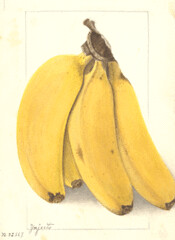

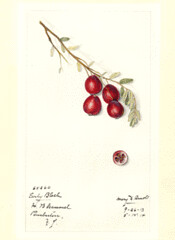
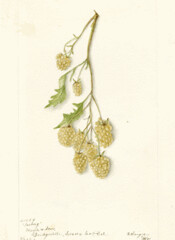
3 Comments:
I'm so stunned to see all advances made by the Agricultural Research Service. Creating a new fruit is a prove that genetic field is increasing our knowledge and power to create new stuff just like 'Pixie'
For my part one and all must browse on this.
yeezy
yeezy shoes
goyard
goyard tote
yeezy
supreme
yeezy shoes
balenciaga
adidas yeezy
supreme clothing
Post a Comment
<< Home